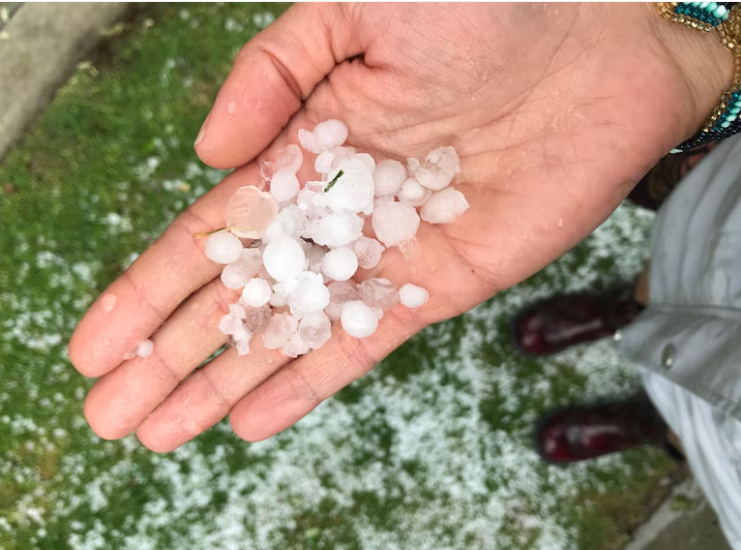Home Insurance Claim for Hail Damage
Initial Documentation Steps
Begin by thoroughly documenting all hail damage before any repairs are made. Take extensive photographs and videos showing damage to your roof, siding, windows, gutters, outdoor equipment, and vehicles. Include close-up shots of individual hail impacts alongside wider views showing damage patterns. Document the date and approximate time of the hailstorm, as weather verification becomes crucial in the claims process. If safely possible, collect and photograph sample hailstones next to a ruler or coin for size reference, then store them in your freezer as physical evidence. This comprehensive documentation provides critical support should disputes arise about damage extent or causation.
Prompt Notification Protocol
Contact your insurance company immediately after discovering hail damage, as Texas policies typically require notification within a "reasonable time"—generally interpreted as within 3-7 days when hail damage is apparent. Most Texas insurers provide multiple reporting channels, including mobile apps, online portals, and 24-hour claim hotlines. During your initial report, provide basic information, including the storm date, apparent damage areas, and whether emergency repairs are needed. Request a claim number and your assigned adjuster's contact information for future reference. For widespread hail events affecting multiple properties, ask whether your insurer has implemented any special catastrophe claim handling procedures.
Professional Assessment Advantage
Schedule an independent roof inspection with a reputable Texas roofing contractor who is experienced with insurance claims before the insurance adjuster visits. Texas law prohibits contractors from acting as public adjusters unless licensed, but legitimate contractors can document damage and provide repair estimates. This independent assessment helps ensure the insurance adjuster doesn't overlook less obvious damage. If significant discrepancies emerge between your contractor's assessment and the insurance adjuster's findings, consider hiring a licensed Texas public adjuster who can legally negotiate with your insurance company on your behalf for a percentage of the settlement (typically 10%).
Adjuster Interaction Strategy
Prepare thoroughly for the insurance adjuster's inspection to maximize claim outcomes. Provide your independent contractor's damage assessment and be present during the inspection to point out all damaged areas. Request that the adjuster inspect your entire roof, not just visibly damaged portions, as hail impacts may not be immediately obvious but still compromise roofing integrity. Review the adjuster's findings before they leave your property, asking questions about any areas of damage they didn't acknowledge. If you disagree with their assessment, immediately express your concerns and request a re-inspection, potentially with a different adjuster.
Settlement Consideration Tactics
Review settlement offers carefully before accepting, as initial repair estimates often undervalue total restoration costs. Texas law prohibits insurers from forcing you to use specific contractors, so obtain multiple repair estimates from licensed Texas contractors to verify appropriate settlement amounts. For significant disagreements about damage extent or repair costs, utilize your policy's appraisal clause, which allows each party to select independent appraisers who then choose a neutral umpire to resolve valuation disputes. Remember that Texas prompt payment laws require insurers to pay accepted claims within five business days of approval, with potential penalties for unreasonable delays.






